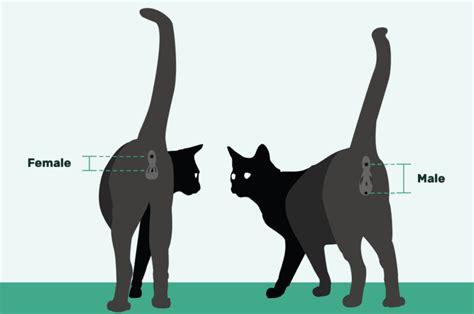How to Tell If a Kitten Is Male or Female: A Simple Guide
Bringing home a new kitten is an exciting time! But one of the first things new owners want to know is: is it a boy or a girl? Sexing kittens can be tricky, especially with very young ones, but with a little patience and the right technique, you can determine your kitten's gender. This guide will walk you through the process, helping you confidently identify your furry friend's sex.
Why Sexing Kittens Matters
Knowing your kitten's sex is important for several reasons:
- Veterinary Care: Accurate sex identification is crucial for spaying or neutering, which is vital for their health and well-being.
- Planning: Understanding your kitten's gender helps you plan for future needs, like potential breeding or appropriate socialization strategies.
- Naming: Let's face it, choosing the perfect name is easier when you know if you have a Tom or a Tabitha!
How to Determine Your Kitten's Gender: A Step-by-Step Guide
The most reliable way to determine a kitten's sex is by visually inspecting their genitalia. However, it's crucial to do this gently and with care. Never force a kitten into a position they don't want to be in. If you're uncomfortable, or your kitten is struggling, it's best to ask your veterinarian for assistance.
What to Look For:
1. Age Matters: Sexing kittens is easiest when they're at least a few weeks old (around 4-6 weeks). Younger kittens have less developed genitalia, making identification more challenging.
2. Gentle Restraint: Hold your kitten securely but gently, supporting its body and preventing it from scratching or biting. A towel can be helpful for this.
3. Position the Kitten: Gently lift the kitten's tail. You'll see an opening just below the anus. This is the genital area.
4. Identifying the Sex:
-
Male Kittens (Tomcats): Male kittens have a noticeable distance between their anus and their genitals. You'll see a small, slightly raised area, often appearing as a small bump or slit. This is the penis. There might also be small scrotum behind the penis which may or may not be visible depending on the age of the kitten.
-
Female Kittens (Queens): Female kittens have a much closer proximity between their anus and their genitals. The genital opening will appear as a small, vertical slit, much closer to the anus than in males. It often appears as a single opening.
5. If You're Unsure: Don't hesitate to seek professional help! Your veterinarian can confidently determine the sex of your kitten and answer any questions you might have.
Common Mistakes to Avoid:
- Relying on Appearance: External physical characteristics like size or coat color are not reliable indicators of sex.
- Forcing the Kitten: Never force a kitten into a position they are uncomfortable with. This can cause stress and injury.
- Ignoring Veterinary Advice: If you have any doubts, always seek professional veterinary advice.
Conclusion:
Sexing a kitten doesn't have to be daunting. By following these simple steps and using gentle handling techniques, you can usually determine your kitten's gender with confidence. Remember, patience and care are key. If you're ever unsure, consult your veterinarian for accurate identification. Enjoy your new furry friend!
